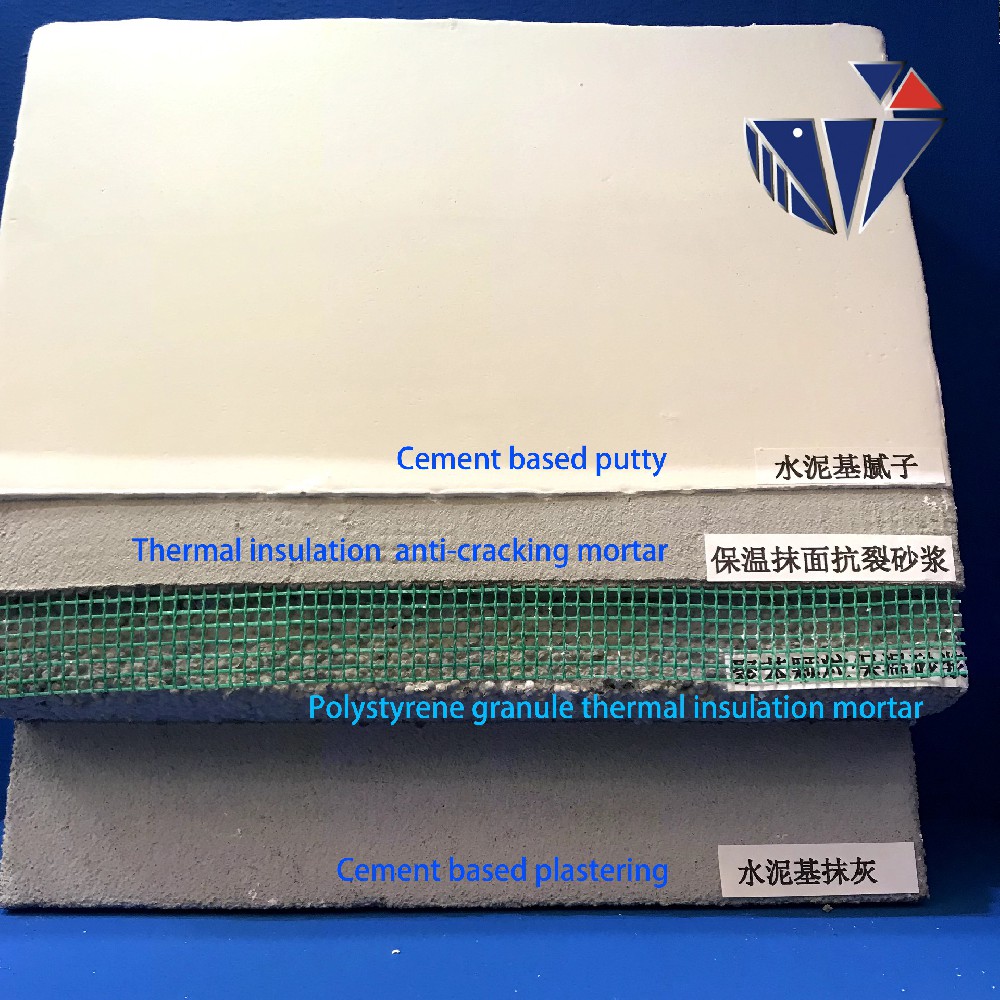
Nov . 03, 2024 13:20 Back to list
hpmc cmc
Understanding HPMC and CMC Key Ingredients in Pharmaceutical and Food Applications
Hydroxypropyl methylcellulose (HPMC) and Carboxymethyl cellulose (CMC) are two essential cellulose derivatives widely utilized in various industries, particularly in pharmaceuticals and food production. These compounds are valued for their unique properties, which enhance product performance, stability, and efficiency.
Hydroxypropyl Methylcellulose (HPMC)
HPMC is a water-soluble polymer derived from natural cellulose. It is synthesized through a chemical modification process that introduces hydroxypropyl and methyl groups to the cellulose backbone. This modification gives HPMC its functional properties, such as thickening, emulsifying, and film-forming abilities.
.
In the food industry, HPMC serves as a thickening agent, improving the texture and mouthfeel of products like sauces, dressings, and ice creams. Its emulsifying properties help stabilize mixtures, preventing separation, and enhancing the overall quality of food items. Additionally, HPMC is used as a vegetarian alternative to gelatin in various culinary applications.
hpmc cmc

Carboxymethyl Cellulose (CMC)
Carboxymethyl cellulose, another derivative of cellulose, is produced through the reaction of cellulose with sodium monochloroacetate. This process results in the introduction of carboxymethyl groups, making CMC highly soluble in water and imparting excellent thickening and stabilizing properties.
CMC is extensively used in the food industry as a thickener and stabilizer. It can improve the mouthfeel and texture of a wide range of products, including dairy items, baked goods, and sauces. Its ability to retain moisture is particularly beneficial in extending the shelf life of food products.
In pharmaceuticals, CMC serves as an excipient in various formulations, including tablets, suspensions, and topical gels. Its thickening and binding properties enhance the stability and bioavailability of active pharmaceutical ingredients. Moreover, CMC's compatibility with other excipients makes it a preferred ingredient in developing diverse dosage forms.
Conclusion
In summary, HPMC and CMC are invaluable components in both pharmaceutical and food applications. Their unique properties facilitate improved texture, stability, and functionality, thereby enhancing the overall quality of products. As industries continue to evolve, the demand for these cellulose derivatives is expected to grow, highlighting their importance in developing innovative solutions in health and nutrition. Understanding the roles of HPMC and CMC can help manufacturers optimize their formulations, ensuring that consumers receive high-quality and effective products.
-
What is HPMC?
NewsJun.06,2025
-
Understanding Redispersible Powder: The Future of Construction Materials
NewsJun.06,2025
-
Understanding RDP Powder: The Ultimate Solution for Your Construction Needs
NewsJun.06,2025
-
Pure HPMC: The Ideal Solution for Modern Construction and Building Materials
NewsJun.06,2025
-
Methyl Hydroxyethyl Cellulose: A Versatile Chemical Compound
NewsJun.06,2025
-
Hydroxyethyl Cellulose Power: The Essential Chemical for Various Industries
NewsJun.06,2025







